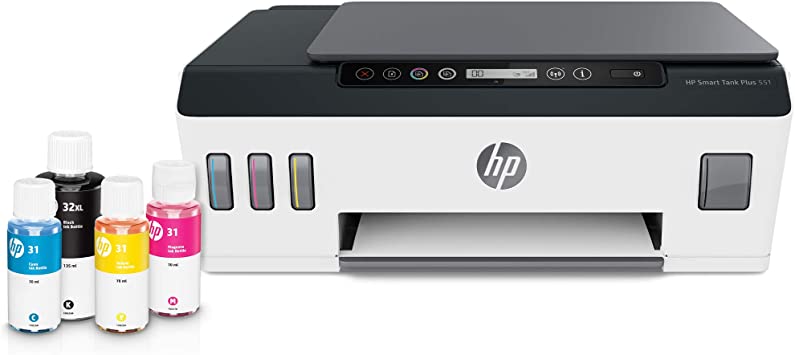LiFi stands for Light Fidelity. It is a technology or science that makes use of optical networking technology and LEDs to transmit data. The principle applied for this technology is VLC or Visible Light Communication. It utilizes light to send data and not radio waves typically used in WiFi. Let us have a look at some of the advantages LiFi Technology offers.
Brilliant speed
When light transports digital signals, it does it much faster than radio waves. The companies that have performed trials of LiFi have reported that its speed is 1000 times faster than WiFi. To give exact numbers, the data transmitted by LiFi is 224 GB per second. This gives you the power to download high-definition large videos in a few seconds.
More security
The data security provided by LiFi is top-notch since the data is communicated in a LOS or Line of Sight way. The LiFI signal traverses easily through low regions and does not transmit through walls. This saves the LiFi signal from ending in the wrong hands or unauthorized actors.
Radio waves have a drawback that they transmit through walls, so people who are not a part of your WiFi network can not gain access to them. Light does not pass through walls but just bounces off them.
The signals transmitted by a LiFi setup remain within an enclosed space. For public or common areas, you can opt for LiFi, but in spaces that are particularly vulnerable and need to be protected, you can use LiFi.
Enhanced efficiency
The medium used by LiFi to transfer data from one access point to another is a LED light bulb. And we all know that LED light bulbs have greater efficiency. When used to power LiFi, they make the entire process super-efficient. To have this improved efficiency, you can check out the best LiFi solutions by Oledcomm.
When you utilize LiFi, you spend less on energy charges since there is no requirement of routers, wave amplifiers, and signal repeaters that use up power constantly throughout the day. It uses very little power to sustain its operations, so they find special use in IoT applications. Moreover, the lighting industry uses up a reduced amount of power when devices based on LiFi are used.
Improved availability
Nothing can stop you from connecting to the internet when you have LiFi and a LED light source. The technology can even be accessed from desk lamps and LED light sources. But researchers and scientists believe that soon enough, we can access this technology with the help of street and road lights and stay constantly connected to the internet.
Conclusion
The advantages offered by the LiFi technology over WiFi include improved efficiency, enhanced connectivity, more bandwidth, higher security, more speed and lesser costs of light sources. There are some drawbacks too, which include expensive devices for improved performance, a mandatory requirement of light, a smaller range than WiFi, and possible interference from other sources of light.
Considering that LiFi is a relatively new technology, developers can work on the drawbacks and remove them to create a brilliant solution for the world. The road ahead looks bright for LiFi.







